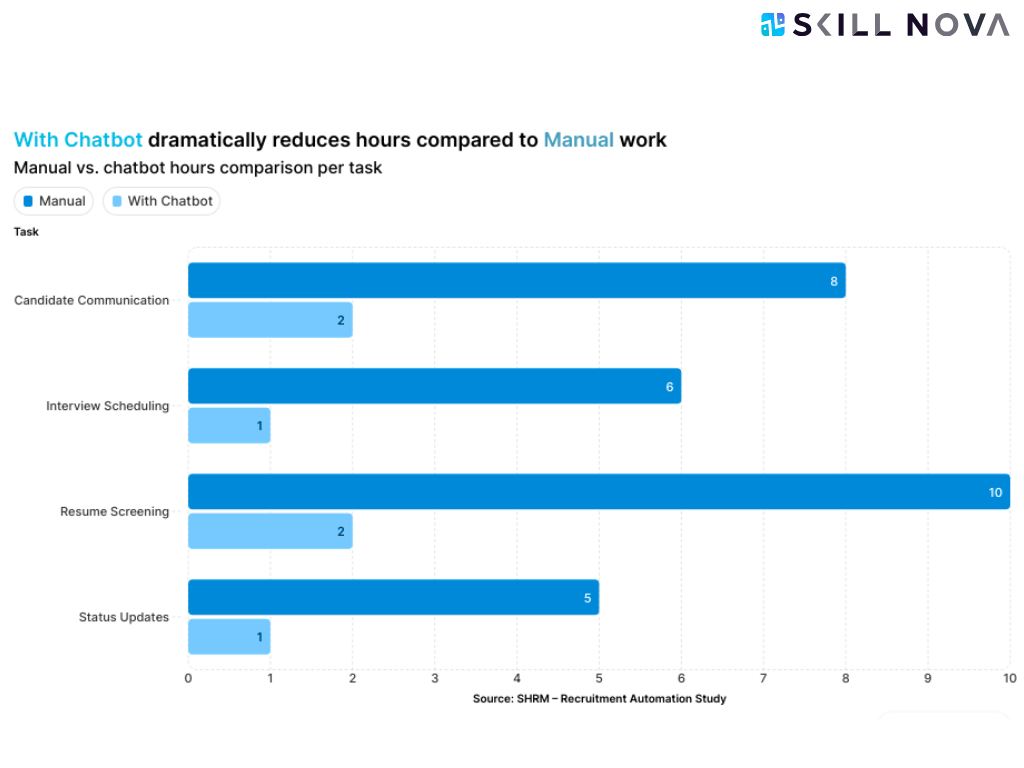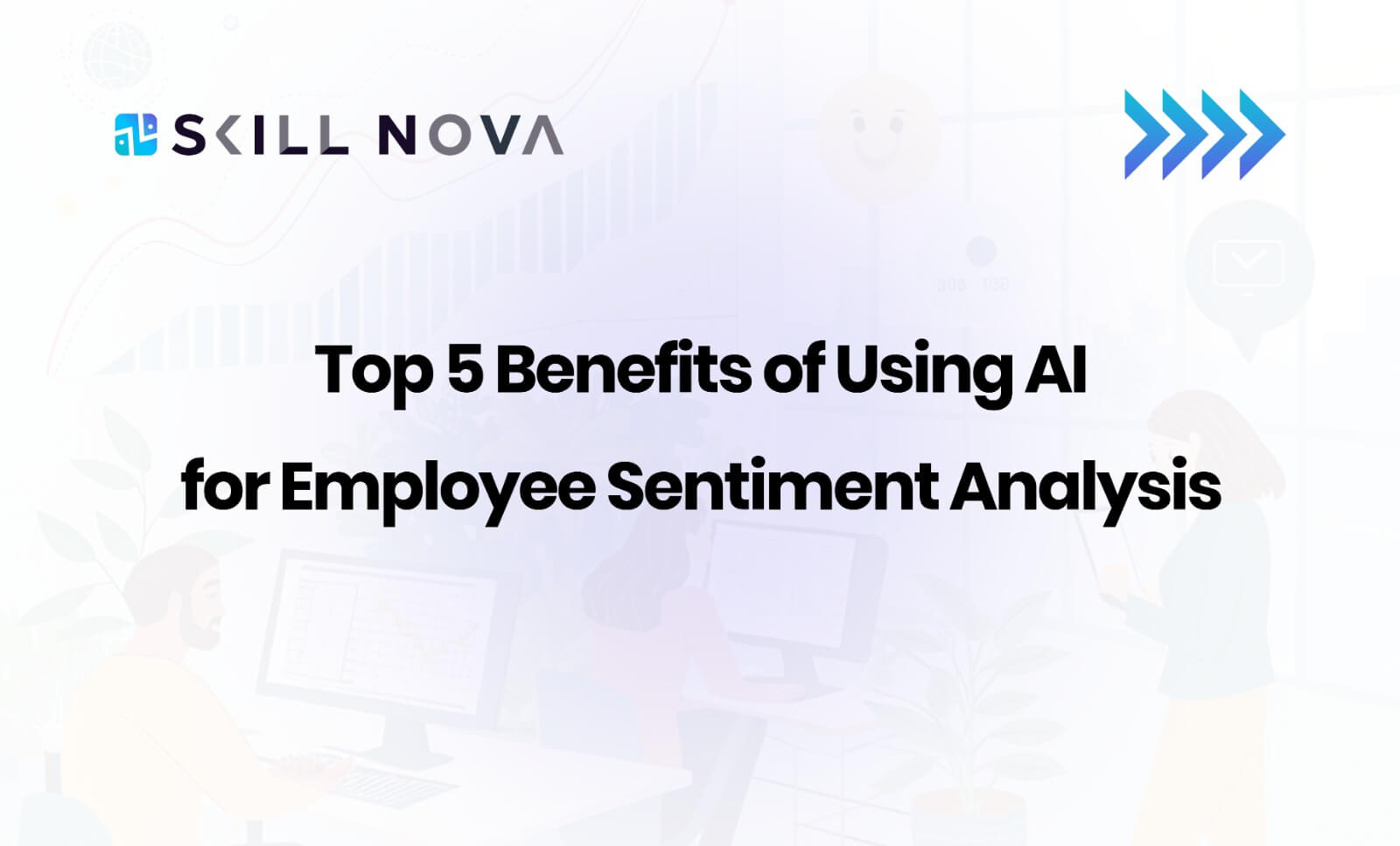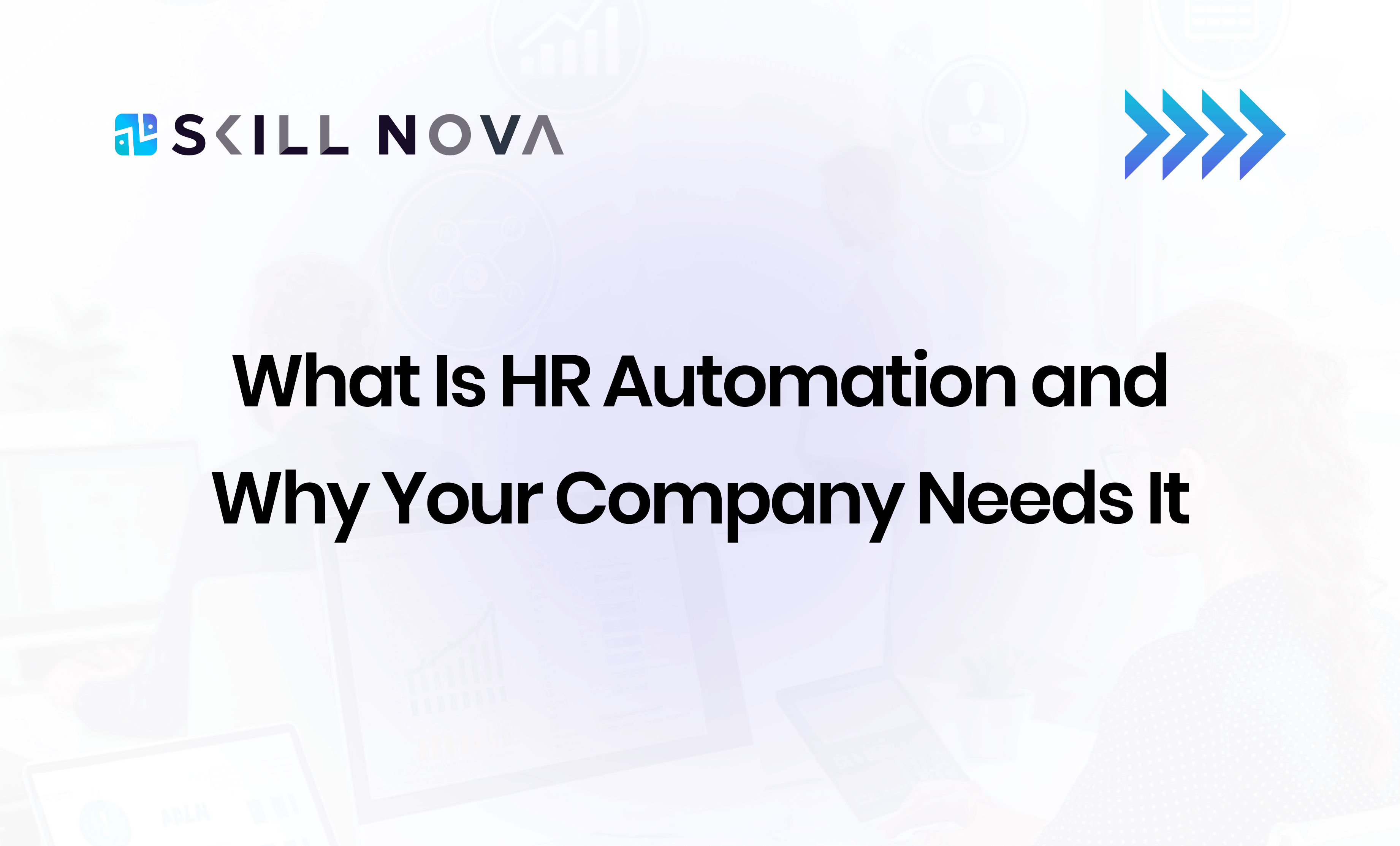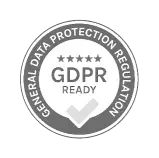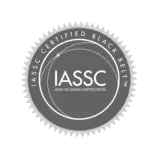Table of Contents
ToggleWant to know how your employees really feel? That’s where employee sentiment analysis powered by AI comes in. It gives you real-time insights into morale, engagement, and emotional well-being, helping you take action before problems grow.
Let’s break down the top five benefits of using AI for employee sentiment analysis in the workplace.
60% of employees are either in the process of moving employers or might/will seek new employment in the next 12 months.
1. Catch Issues Early with Real-Time Feedback Loops
AI tools can track mood shifts in real time—no need to wait for yearly surveys. By analyzing employee feedback from emails, surveys, and chat platforms, you get constant updates on team morale.
This helps HR spot frustration or burnout before it snowballs, especially in remote or hybrid teams.
2. Get Smarter Insights with Machine Learning
AI doesn’t just read words; it understands emotions. With machine learning and NLP, it digs deep into employee communication to understand tone, emotion, and intent.
Using large employee sentiment analysis datasets, AI learns over time, giving you more accurate and meaningful insights. It helps you uncover the “why” behind employee disengagement or low satisfaction.
When asked about the potential impact of AI on their roles, only 35% of employees said they felt motivated to develop new skills to stay relevant.
3. Boost Engagement with Actionable Data
When employees feel heard, they’re more engaged. Sentiment analysis for employee engagement reveals what motivates your teams—and what’s holding them back.
You can use this data to improve leadership, fine-tune communication, or even recognize hard work. It’s a major win for AI-based talent management and building a positive company culture.
Comparison: Traditional Feedback vs. AI-Powered Employee Sentiment Analysis
| Feature | Traditional Feedback Methods | AI-Powered Sentiment Analysis |
| Frequency | Annually or quarterly | Real-time, continuous |
| Data Source | Surveys and forms | Emails, chats, surveys, performance data |
| Depth of Insight | Surface-level | Emotional tone, trends, and context |
| Speed of Action | Slow, delayed | Instant alerts and feedback loops |
| Personalization | Generic reports | Tailored insights for individuals/teams |
| Integration with HR tools | Limited | Seamlessly works with HR automation |
| Role in Talent Development | Minimal | Drives career pathway mapping and skill development |
4. Automate HR Tasks with AI
Pair sentiment data with HR workflow automation, and you can trigger alerts or responses without lifting a finger. If a drop in morale is detected, HR can automatically be notified, or a check-in can be scheduled.
Not sure what is HR automation? It’s simply using smart tech to handle repetitive HR tasks—like onboarding, surveys, or feedback loops—so your team can focus on people, not paperwork.
Dr Dieter Veldsman, Chief HR Scientist at AIHR, says, “Employee sentiment cannot be understood using only quantitative data. You have to include qualitative sources if you want to access insights related to employee experience.”
5. Personalized Growth and Career Mapping
AI takes things a step further. It can link sentiment data with skills and goals to create custom development plans. This helps with career pathway mapping, ai-driven learning, and even long-term life plans.
Wondering about the difference between guild and upskill? Think of a guild as structured, community-based learning, while upskilling is focused on improving your skills, and AI helps you do both in smarter ways.
Conclusion: Turning Emotions into Action
In conclusion, leveraging HR workflow automation, career pathway mapping, and AI-driven learning empowers organizations to boost engagement and performance. It’s not just about understanding how employees feel; it’s about acting on it.
When you truly listen to your people, you lead better, build stronger teams, and create a more resilient, future-ready workplace. Employee sentiment analysis isn’t just a tool; it’s a game-changer for modern HR.
Listen better, lead better, and build a stronger, more resilient workplace.

